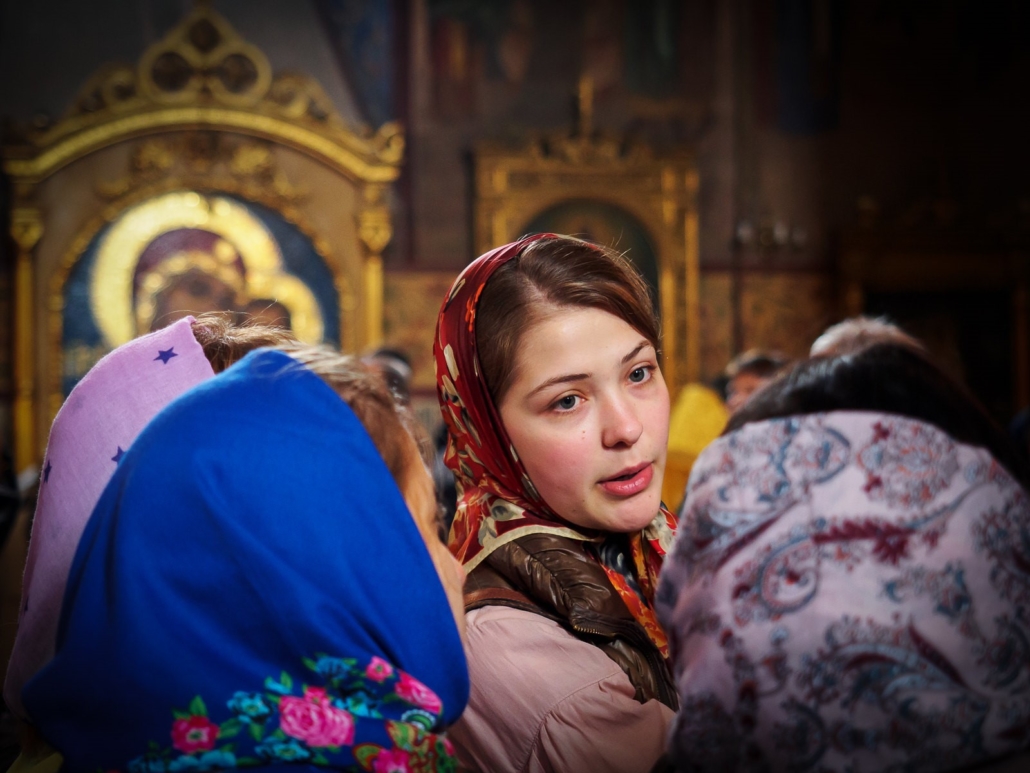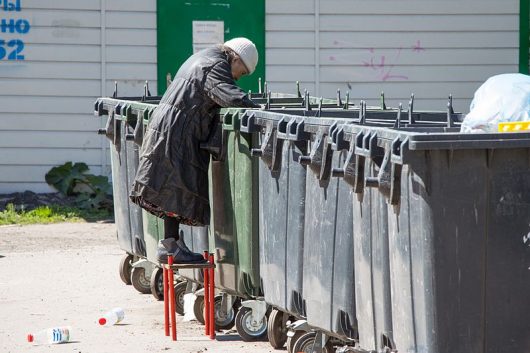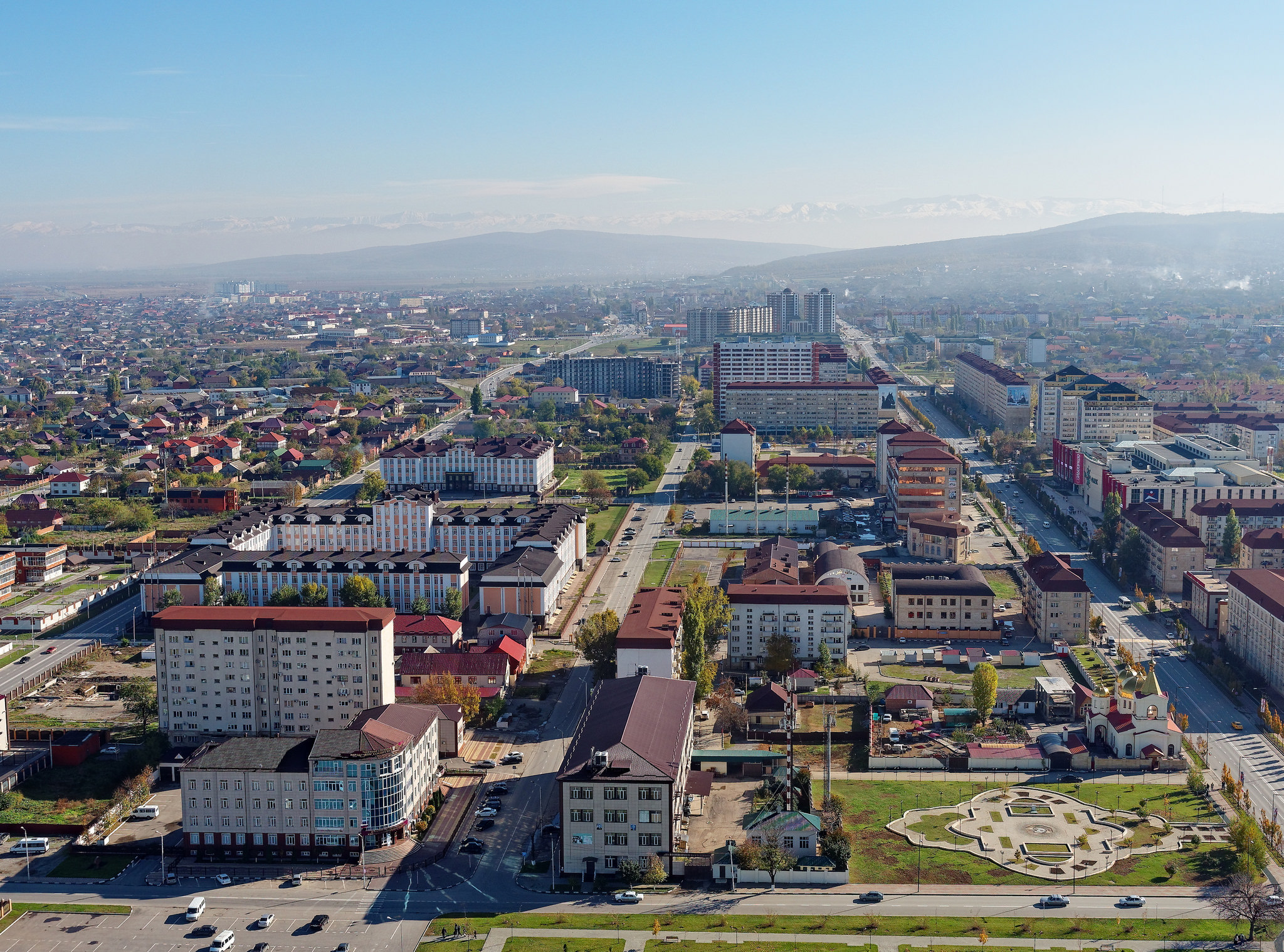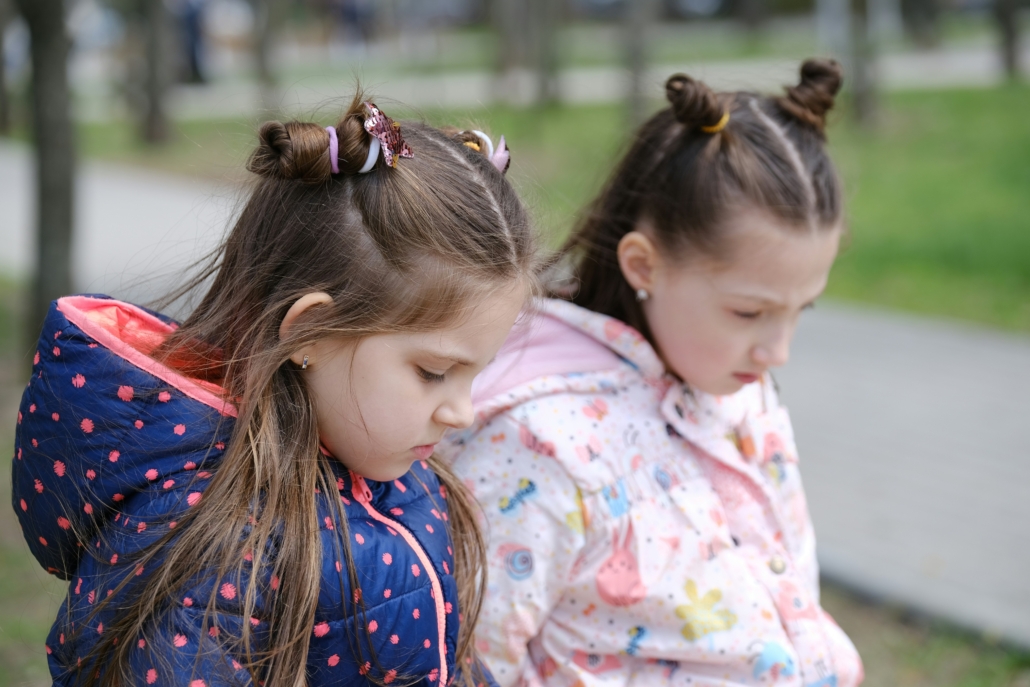 In 2015, the headline “Chechen Police Chief Marries Teen Bride Amid Mounting Scandal” appeared in The Moscow Times, before appearing in The Guardian. The image at the top of the article displays a young girl, simply 17, next to the groom, Nazhud Guchigov. When the story first broke, reporters stated that Guchigov was 57, but later amended this to 46. Guchigov’s marriage was a hot topic for several reasons; allegedly, Guchigov utilized his authority as a police chief to intimidate his bride’s parents and he was already married to another woman, and Guchigov made divisive statements regarding the matter on his Instagram.
In 2015, the headline “Chechen Police Chief Marries Teen Bride Amid Mounting Scandal” appeared in The Moscow Times, before appearing in The Guardian. The image at the top of the article displays a young girl, simply 17, next to the groom, Nazhud Guchigov. When the story first broke, reporters stated that Guchigov was 57, but later amended this to 46. Guchigov’s marriage was a hot topic for several reasons; allegedly, Guchigov utilized his authority as a police chief to intimidate his bride’s parents and he was already married to another woman, and Guchigov made divisive statements regarding the matter on his Instagram.
About Child Marriage in Russia
In Russia, 254,000 girls were married by 15, and 5.4 million were married by 18. Unfortunately, even the best resources and websites on the matter do not provide much information regarding the population of girls who are experiencing coercion to marry. According to Girls Not Brides, an organization dedicated to eradicating child marriage and advocating for young women in developing countries, under Russia’s Article 12 of the Family Code, both men and women must be at least 18 years old to marry. However, there is other legislation that provides loopholes. Under Article 13 of the Family Code, a boy and a girl can marry at younger than 18, but never younger than 14 under special circumstances.
When dealing with child marriage in Russia, the problem runs significantly deeper than laws concerning the age of consent and getting beyond that red tape. Poverty, gender inequality and deep-rooted practices are all factors that influence the rate of child marriage; these factors are incredibly prevalent in modern Russia.
In 2020, the percentage of Russians living in poverty was 12.1%. While poverty has been decreasing throughout Russia, despite the ongoing war with Ukraine, poverty disproportionately affects women. The persistent pay gap and income gap greatly impact the average earnings of women in Russia. The matter becomes worse. As women tend to make less money, a woman’s poverty is then passed down to her children, affecting their access to higher education. Consider this pattern regarding the cycle of child marriage. Higher education is a wonderful resource when offering girls careers and lives outside of being a housewife, yet Russia’s current economy stubbornly limits a woman to that role.
Poverty and Misogyny in Russia
Poverty also exacerbates misogyny, the root cause behind child marriage in Russia. Russia’s domestic violence rate reflects Russia’s sexism and misogyny. Domestic violence against women is abundant in Russia, where 10% of all domestic violence deaths globally take place. For reference, Russia comprises 2% of the world’s population. There is abundant evidence revealing the link between poverty and domestic violence, and living in poverty can intensify violence towards women to immense extremes. Barbara Niess-May of the Safe House Center provides specific data points to make this point clearer: “In short, being poor further entraps the survivor in the abuse, and often lengthens any process she may go through to escape.” Returning to Russia’s domestic violence, the poverty disproportionately affecting women easily becomes a tool, manipulated by the abuser to keep the victim beneath him.
In a study by Marina Pisklakova-Parker, titled “Gender Issues in Russia,” she found that “71 percent of Russians share the opinion that the main purpose of a woman is to be a mother and a good housewife.” More concerningly, she also reported that “The Russian Human Rights Commissioner Tatiana Moskalkova publicly stated that since 10 April 2020, the number of domestic violence cases had more than doubled from 6,054 to about 13,000 per month.”
The Work of the ANNA Center
Despite the previously mentioned statistics, there is a growing feminist movement within Russia. The government has pledged to end child marriages in Russia by the year 2030; the United Nations has also made it a global goal to end all child marriages. Foreign aid plays a critical role when advocating for girls and women inside Russia, and the efforts have not been in vain. According to Bearr.org, there are 2% fewer domestic violence murders and 6% fewer rapes. Marina Pisklakova-Parker, the previously mentioned researcher, created The ANNA Center, the first domestic violence shelter for women in Russia, in 2015. Following the ANNA Center is the Zona Prava, the Consortium of Women’s Non-government Organizations, Nasiliu and the You Are Not Alone Network as the leading Russian NGOs combating violence against women, which includes child marriage.
The impact of these shelters is no small feat, and sparked great change throughout the country of Russia. Pisklakova-Parker’s ANNA shelter is open to all women, no matter their income or residential address, two factors that make state shelters inaccessible to many women. To gain entry to a state shelter, women had to bring documentation of their husbands’ finances. In implementing this rule, many women are so longer able to utilize the shelter’s safety, as it would demand that they confront their abusers about their leaving. ANNA has no such rule, and is open to whoever needs the shelter. There is no public information containing how many women ANNA has helped, but in interviews, Pisklakova-Parker speaks positively of the growth of the shelter.
Nasiliu
Operating alongside ANNA, Nasiliu is an online resource for victims of domestic violence. Anna Rivinia established Nasiliu in 2015, beginning as a media project that focused on raising awareness of domestic violence in Russia. As recently as April 18, 2024, Nasiliu has expanded to global outreach for all Russian-speaking victims across the world. Most admirably, Nasiliu provides education on how to combat domestic violence legally within the framework of the Russian legal system.
– Peyton Worsham
Peyton is based in Jacksonville, FL, USA and focuses on Good News for The Borgen Project.
Photo: Unsplash
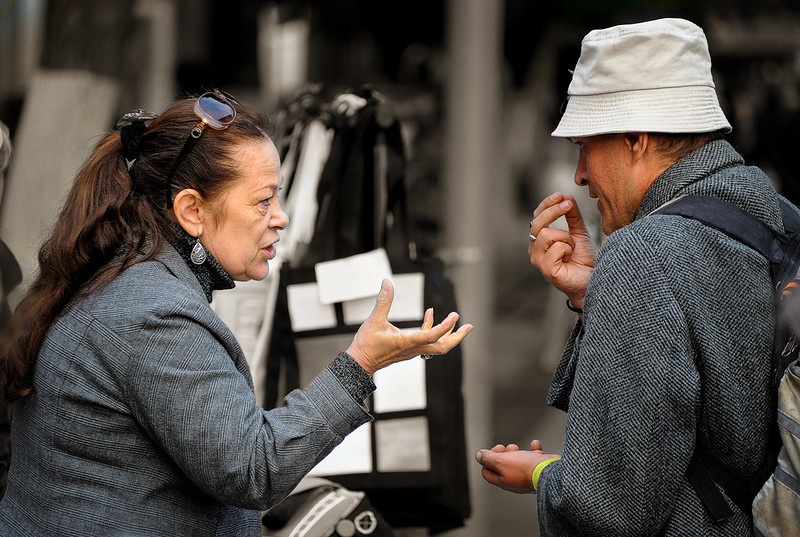 More than a decade ago, the United States Agency for International Development (USAID)
More than a decade ago, the United States Agency for International Development (USAID) 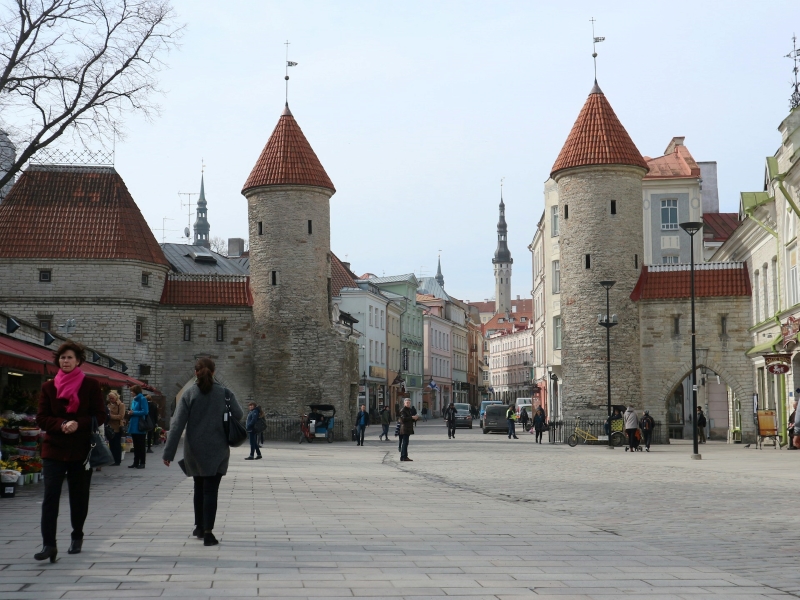 Estonia, which gained independence following the 1991 fall of the Soviet Union, is still home to a large Russian minority,
Estonia, which gained independence following the 1991 fall of the Soviet Union, is still home to a large Russian minority, 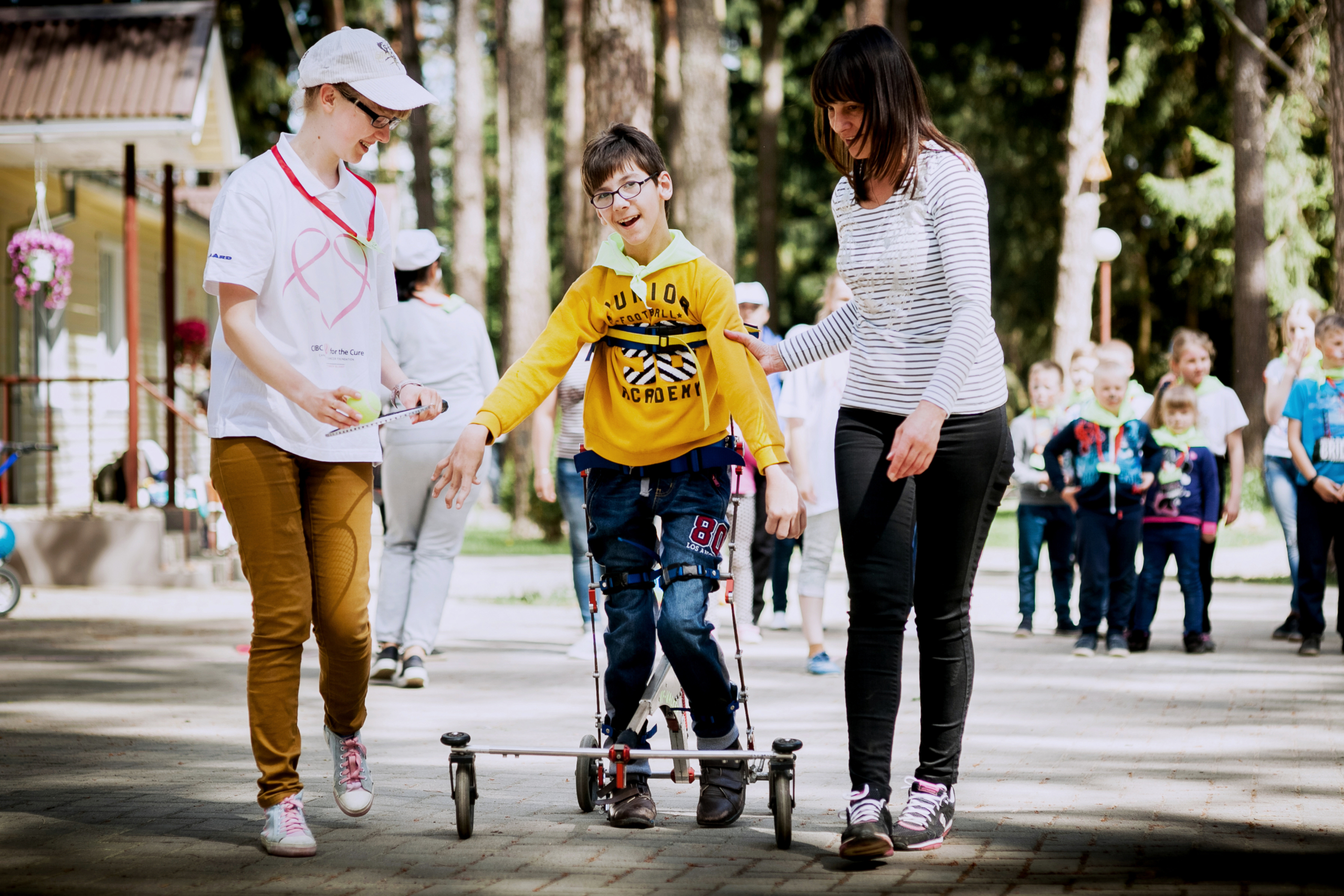
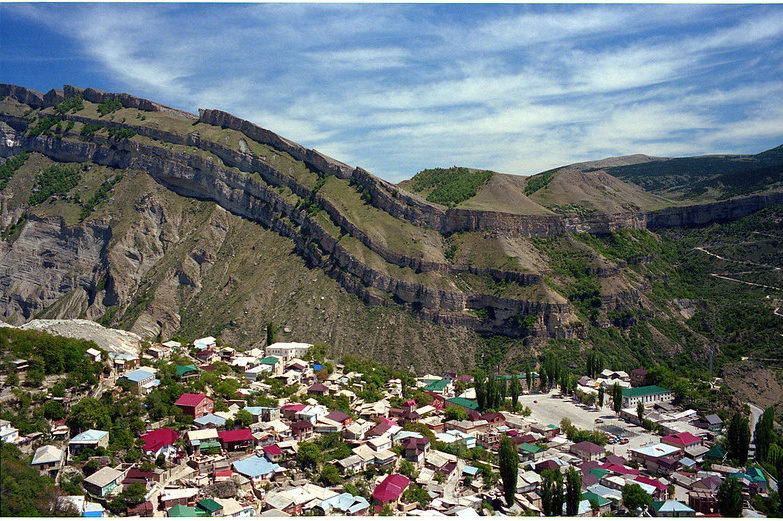 Once seen as a dangerous and violent place, the Republic of Dagestan in Russia has recently experienced a dramatic shift in visitation. Amid a strict lockdown,
Once seen as a dangerous and violent place, the Republic of Dagestan in Russia has recently experienced a dramatic shift in visitation. Amid a strict lockdown, 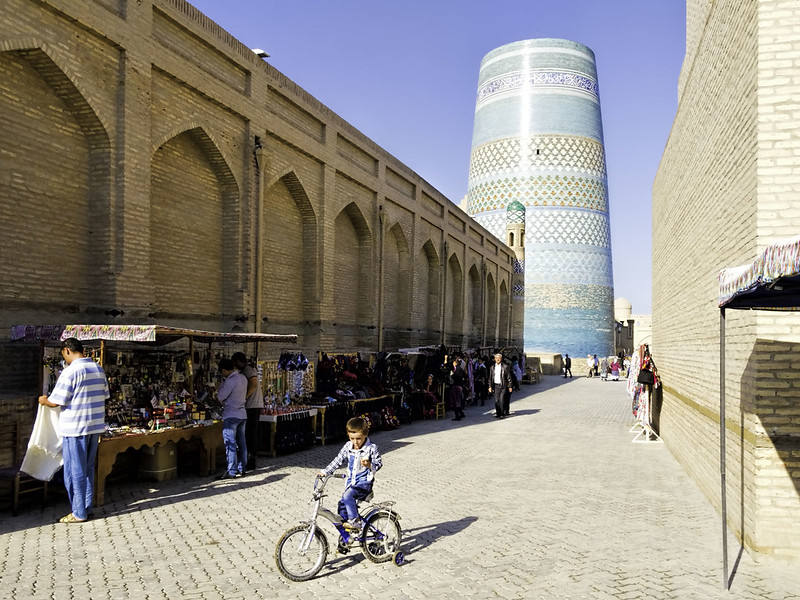 While Russia is a very resource-rich country, it suffers from intense social inequality. The top 1% of
While Russia is a very resource-rich country, it suffers from intense social inequality. The top 1% of 